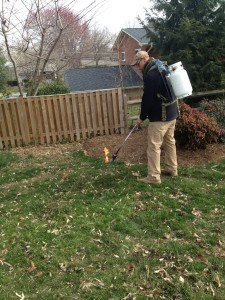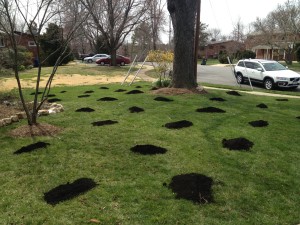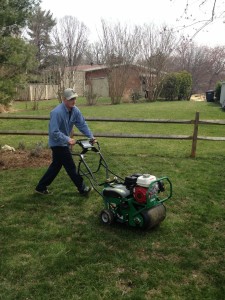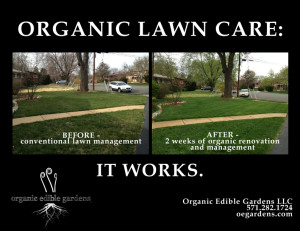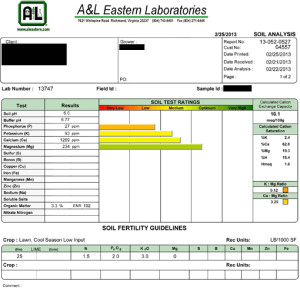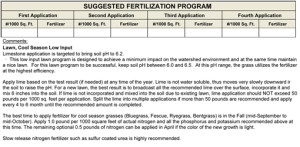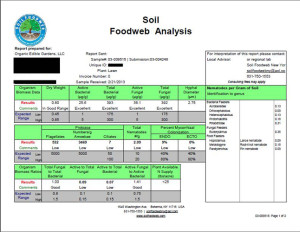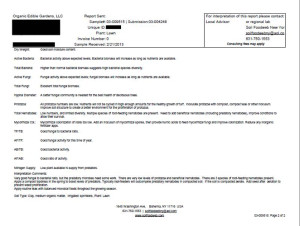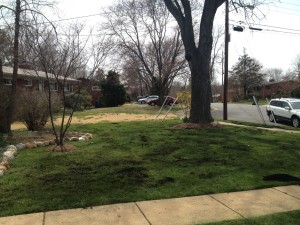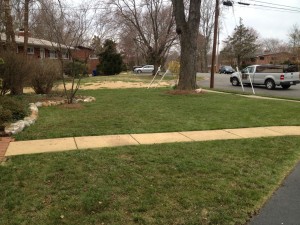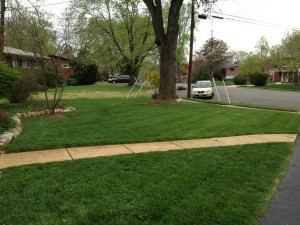Organic Lawn Renovation
Fall is the best time of the year to perform a lawn renovation. With temperatures slowly cooling down, an increase in precipitation and reduced weed competition, newly sown seed has a good opportunity to establish itself.
Organic lawn care means no synthetic herbicides or synthetic fertilizers. How do you manage weeds without chemical herbicides? You might ask. You can burn them, or technically heat-sterilize them, with a specially made tool designed for organic agriculture or use an organic herbicide. Both pretty much do the same thing, burn the leaves. Both methods require multiple applications.
A healthy lawn grows in healthy soil. Following a sufficient weed suppression schedule you should take a soil sample and send it off to a trusted soil laboratory for a chemical soil analysis. This will tell you what nutrients your soil has and which it is deficient in. A biologically healthy soil requires organic matter; it is the food that the microbes eat in order to produce nutrients for the plants.
Organic matter improves soil porosity (air) and holds water. Most lawn soils, especially chemically treated ones have low percentages of organic matter. In order to improve this, apply a top-dressing of well matured compost. Follow this with an aeration using a core-aerator in order to reduce compaction, work the compost into the soil and provide a good seed bed for the grass seed.
Immediately after performing the aeration, apply the grass seed. Seed selection is important as certain varieties are best adapted to our climate and varying micro-climates like sun and shade. Finally, apply organic fertilizers as recommended by the soil test. A short time later, after a little help from Mother Nature in the form of rain, you can have a more drought tolerant, lush green lawn for your children to play in without the health risks of synthetic pesticides or contamination of the watershed.

